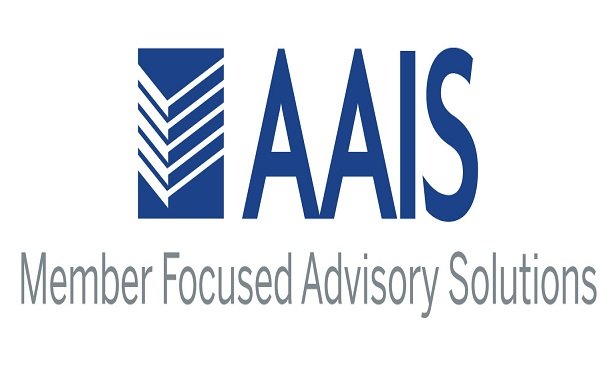Insurers are facing revolutionary changes in the regulatoryenvironment–changes that are causing some U.S. insurers toreevaluate business strategies and structure.
|“Insurers need to review their business strategies against theseunprecedented regulatory changes,” says KPMG's U.S. Head ofInsurance Regulatory practice David Sherwood. “Prudential standardsare at the forefront of recent developments, while consumerprotection has often been the poor relation. Going forward, you canexpect a continued focus on risk management, solvency standards andenhancements to consumer protection, followed by increasedenforcement where consumer failings or detriment occur.”
|In its third annual report, “Evolving Insurance Regulation—A New Dawn,” KPMGprovides detailed analysis of international and country-specificregulatory issues, and examines what is driving them.
|The report notes that two years since the adoption of theInternational Association of Insurance Supervisors' (IAIS)Insurance Core Principals (ICPs) regulators on an internationallevel are implementing wide ranging reform packages. They continuetheir dialogue to improve understanding and cooperation betweeninsurance markets. This is vitally important, the report says, ifcarriers want to move to a more “harmonized and converged set ofregulatory requirements to the benefit of all stakeholders.”
|For U.S. insurers with international operations, besides IAISICP, they are also dealing with the impact of Solvency II and theFinancial Stability Board standards. The concern between U.S. andEurope is regulatory reciprocity and solvency standards. Unlike theU.S., Europe regulates on the federal level, and their discussionsfocus on the acceptance of home state regulation overseas.
|Some insurers in the U.S. need to be concerned with extension ofregulatory oversight to the Federal Reserve if deemed SignificantlyImportant Financial Institutions. KPMG also notes the rise of theFederal Insurance Office and its as-of-yet unknown impact onthe regulation of carriers.
|Touching on corporate governance, U.S. carriers willincreasingly need to develop enterprise-wide risk managementprograms and abandon the silo approach of looking only at the risksof an insurance entity.
|KPMG says the measurement of solvency, or risk based capital, isnot comprehensive “as a number of key risk factors are absent fromthe calculations.” Regulators are updating the standards withchanges in catastrophe risk and operational risk.
|The regulatory reforms on both the international and domesticfront are causing some carriers to alter their business models. Therestructuring includes sales of banking entities, re-domestication,captive restructuring and acquisition of new lines of business. Forsome, it has meant increasing merger and acquisition activity.
|“2013 will prove to be a transformative year in the insuranceindustry, driven by the recognition that the rapid, unpredictable,and profound changed we are witnessing in the industry arestructural—not cyclical,” says Laura Hay, national leader of KPMG'sU.S. insurance practice.
Want to continue reading?
Become a Free PropertyCasualty360 Digital Reader
Your access to unlimited PropertyCasualty360 content isn’t changing.
Once you are an ALM digital member, you’ll receive:
- All PropertyCasualty360.com news coverage, best practices, and in-depth analysis.
- Educational webcasts, resources from industry leaders, and informative newsletters.
- Other award-winning websites including BenefitsPRO.com and ThinkAdvisor.com.
Already have an account? Sign In
© 2024 ALM Global, LLC, All Rights Reserved. Request academic re-use from www.copyright.com. All other uses, submit a request to [email protected]. For more information visit Asset & Logo Licensing.








